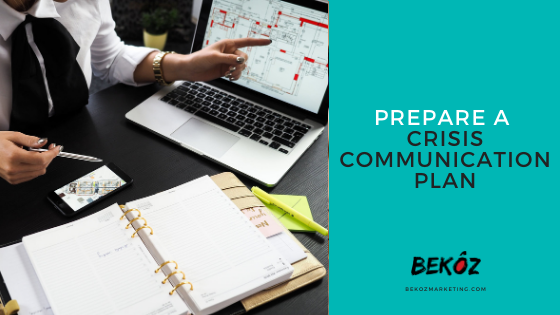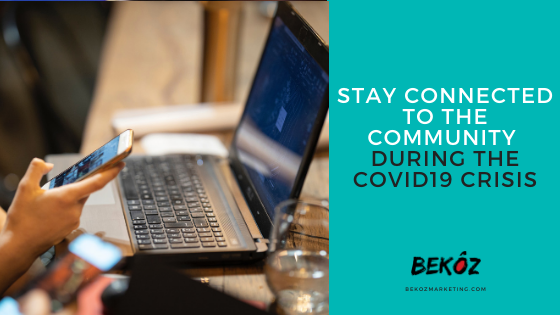Prepare a Crisis Communication Plan
In every business a crisis may be viewed differently. For instance, what may be defined as a crisis and its impact for some businesses may be completely different for other businesses in a separate industry. However, what every business should have at their disposal is a clear and concise Crisis Communication Plan. When we get
Read More

